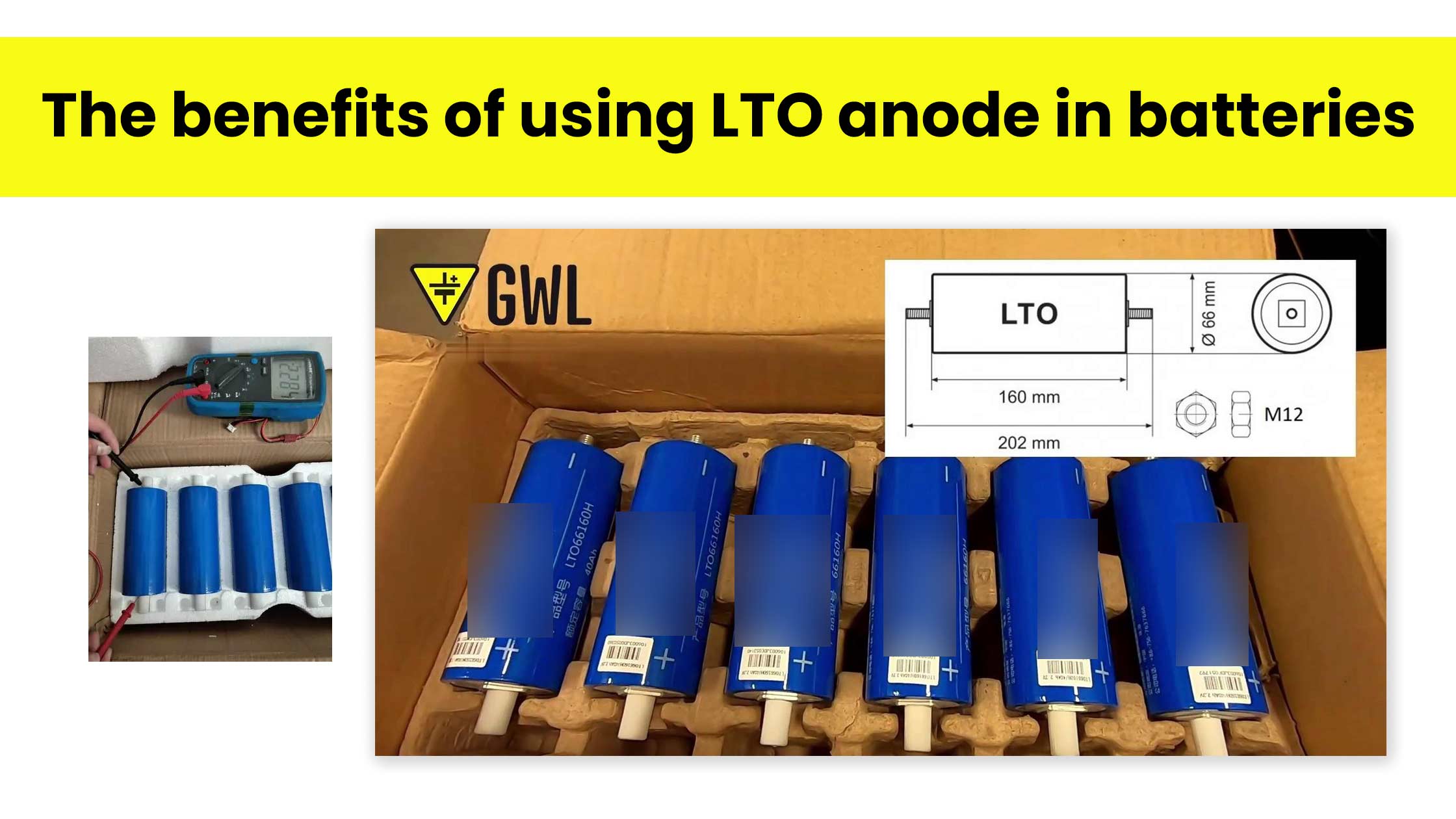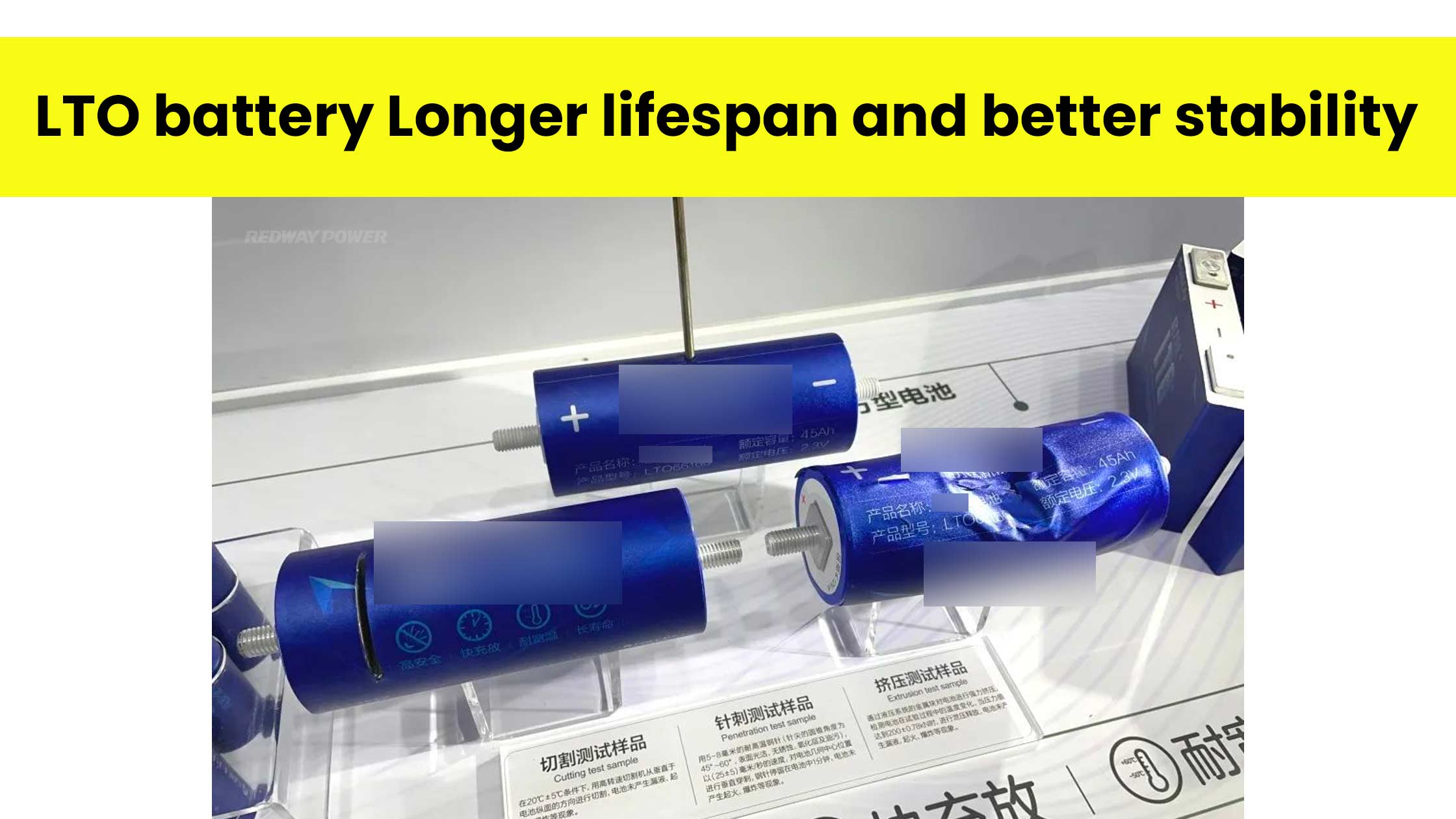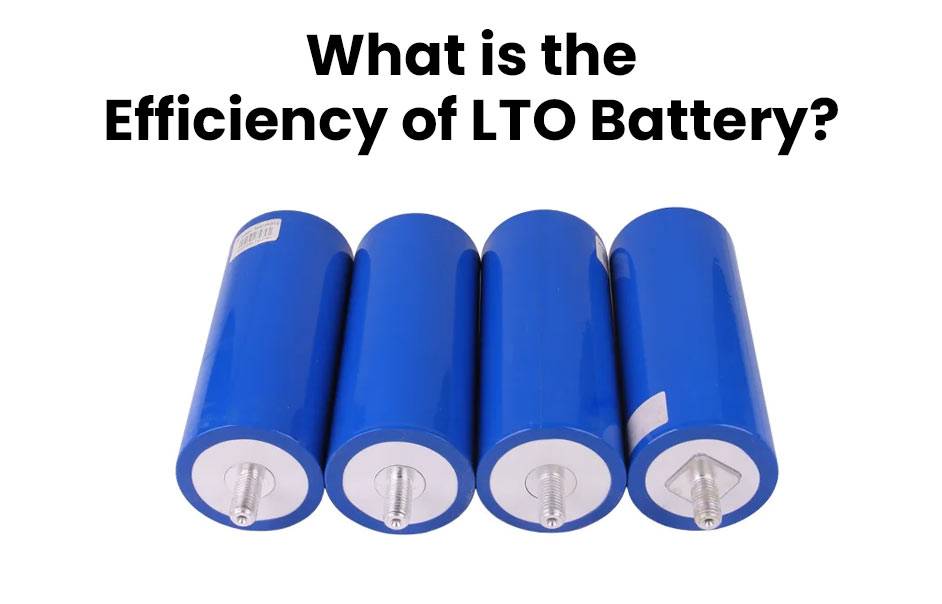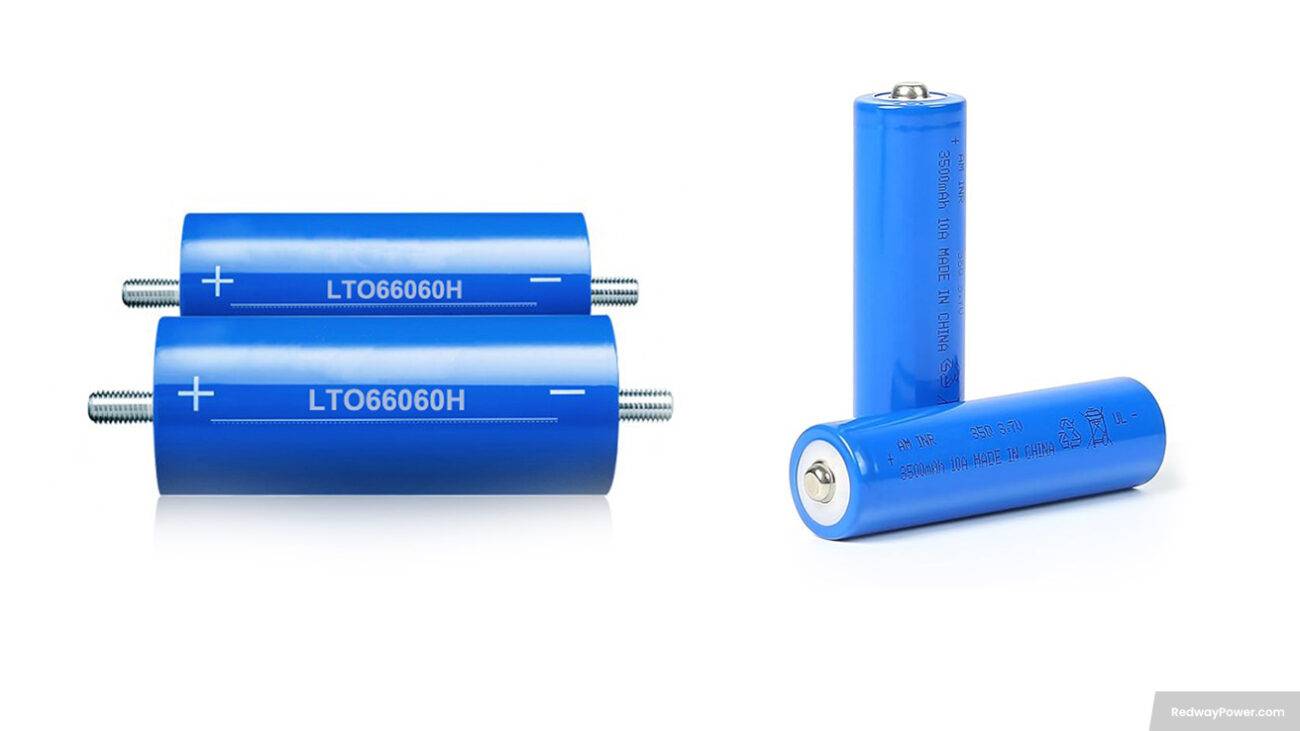- Lithium Golf Cart Battery
- Forklift Lithium Battery
-
48V
- 48V 210Ah
- 48V 300Ah
- 48V 420Ah (949 x 349 x 569 mm)
- 48V 420Ah (950 x 421 x 450 mm)
- 48V 456Ah
- 48V 460Ah (830 x 630 x 590 mm)
- 48V 460Ah (950 x 421 x 450 mm)
- 48V 460Ah (800 x 630 x 600 mm)
- 48V 460Ah (820 x 660 x 470 mm)
- 48V 500Ah
- 48V 560Ah (810 x 630 x 600 mm)
- 48V 560Ah (950 x 592 x 450 mm)
- 48V 600Ah
- 48V 630Ah
-
48V
- 12V Lithium Battery
12V 150Ah Lithium RV Battery
Bluetooth App | BCI Group 31
LiFePO4 Lithium
Discharge Temperature -20°C ~ 65°C
Fast Charger 14.6V 50A
Solar MPPT Charging - 24V Lithium Battery
- 36V Lithium Battery
- 48V Lithium Battery
-
48V LiFePO4 Battery
- 48V 50Ah
- 48V 50Ah (for Golf Carts)
- 48V 60Ah (8D)
- 48V 100Ah (8D)
- 48V 100Ah
- 48V 100Ah (Discharge 100A for Golf Carts)
- 48V 100Ah (Discharge 150A for Golf Carts)
- 48V 100Ah (Discharge 200A for Golf Carts)
- 48V 150Ah (for Golf Carts)
- 48V 160Ah (Discharge 100A for Golf Carts)
- 48V 160Ah (Discharge 160A for Golf Carts)
-
48V LiFePO4 Battery
- 60V Lithium Battery
-
60V LiFePO4 Battery
- 60V 20Ah
- 60V 30Ah
- 60V 50Ah
- 60V 50Ah (Small Size / Side Terminal)
- 60V 100Ah (for Electric Motocycle, Electric Scooter, LSV, AGV)
- 60V 100Ah (for Forklift, AGV, Electric Scooter, Sweeper)
- 60V 150Ah (E-Motocycle / E-Scooter / E-Tricycle / Tour LSV)
- 60V 200Ah (for Forklift, AGV, Electric Scooter, Sweeper)
-
60V LiFePO4 Battery
- 72V~96V Lithium Battery
- Rack-mounted Lithium Battery
- E-Bike Battery
- All-in-One Home-ESS
- Wall-mount Battery ESS
-
Home-ESS Lithium Battery PowerWall
- 24V 100Ah 2.4kWh PW24100-S PowerWall
- 48V 50Ah 2.4kWh PW4850-S PowerWall
- 48V 50Ah 2.56kWh PW5150-S PowerWall
- 48V 100Ah 5.12kWh PW51100-F PowerWall (IP65)
- 48V 100Ah 5.12kWh PW51100-S PowerWall
- 48V 100Ah 5.12kWh PW51100-H PowerWall
- 48V 200Ah 10kWh PW51200-H PowerWall
- 48V 300Ah 15kWh PW51300-H PowerWall
PowerWall 51.2V 100Ah LiFePO4 Lithium Battery
Highly popular in Asia and Eastern Europe.
CE Certification | Home-ESS -
Home-ESS Lithium Battery PowerWall
- Portable Power Stations
What Are the Key Advantages of Using LTO Anodes?

LTO (Lithium Titanate Oxide) anodes offer several advantages over traditional lithium-ion battery anodes, including a significantly longer lifespan, faster charging capabilities, enhanced safety, and better thermal management. These features make LTO anodes a compelling choice for various applications, particularly in high-performance energy storage systems.
What is the lifespan of LTO anodes compared to traditional anodes?
LTO anodes are renowned for their exceptional lifespan, often lasting 10,000 to 20,000 charge-discharge cycles. This longevity is primarily due to their unique spinel structure, which minimizes side reactions that typically degrade traditional lithium-ion batteries over time. In contrast, conventional lithium-ion batteries usually last between 500 to 1,500 cycles, making LTO a more sustainable option.
| Battery Type | Typical Lifespan (Cycles) |
|---|---|
| LTO Anode | 10,000 – 20,000 |
| Traditional Li-ion | 500 – 1,500 |
How do LTO anodes enable faster charging?
LTO anodes facilitate rapid charging due to their low resistance and high conductivity. They can handle charge rates of 4C to 20C, meaning they can be charged in as little as 15 minutes. This rapid charging capability is particularly advantageous in applications requiring quick power replenishment, such as electric vehicles and power tools.
| Charging Rate | Time to Charge (for a typical battery) |
|---|---|
| 1C | 1 hour |
| 4C | 15 minutes |
| 10C | 6 minutes |
What safety features make LTO anodes preferable?
Safety is a significant advantage of using LTO anodes. They exhibit a lower risk of thermal runaway compared to traditional lithium-ion batteries. The unique properties of LTO allow it to operate at higher temperatures without degrading or posing fire hazards. This makes them suitable for applications where safety is paramount, such as in electric vehicles and stationary energy storage systems.
| Safety Feature | Description |
|---|---|
| Thermal Stability | Operates safely at higher temperatures |
| Low Risk of Fire | Minimal risk of thermal runaway |
| Mechanical Abuse Resistance | Withstands physical stress without failure |
How does thermal management improve with LTO anodes?
LTO anodes possess excellent thermal management characteristics. They effectively dissipate heat generated during charging and discharging cycles, maintaining optimal operating temperatures. This capability reduces the risk of overheating and prolongs battery life by preventing damage from excessive heat.
| Thermal Management Aspect | Benefit |
|---|---|
| Heat Dissipation | Reduces overheating risks |
| Operating Temperature Range | Maintains performance across a wide range |
What economic benefits do LTO anodes provide?
The economic advantages of using LTO anodes stem from their longevity and reduced maintenance costs. With fewer replacements needed over time due to their extended cycle life, users can save significantly on battery costs. Additionally, the efficiency and safety features can lead to lower insurance premiums for applications involving high-value equipment.
| Economic Benefit | Description |
|---|---|
| Longevity | Fewer replacements needed |
| Reduced Maintenance Costs | Lower overall operational costs |
| Safety Savings | Potentially lower insurance premiums |
Industrial News
Recent developments in battery technology highlight the growing adoption of Lithium Titanate Oxide (LTO) anodes in various sectors. Companies are increasingly integrating these advanced materials into electric vehicles and renewable energy storage solutions due to their superior performance characteristics. Research is ongoing to further enhance the properties of LTO materials, aiming for even greater efficiency and sustainability in energy storage systems.
Redway Power Insights
“Lithium Titanate Oxide represents a significant leap forward in battery technology,” states industry expert Jane Doe from Redway Power. “Its unique advantages not only enhance performance but also address critical safety concerns, making it a preferred choice for future energy solutions.”
FAQ Section
Q1: How long do LTO batteries last?
A1: LTO batteries typically last between 10,000 to 20,000 charge-discharge cycles, significantly longer than traditional lithium-ion batteries.Q2: Can LTO batteries charge quickly?
A2: Yes, LTO batteries can be charged rapidly at rates between 4C to 20C, allowing for charging times as short as 15 minutes.Q3: Are LTO batteries safe?
A3: Yes, they have a low risk of thermal runaway and can operate safely at higher temperatures compared to traditional lithium-ion batteries.Q4: What are the economic benefits of using LTO batteries?
A4: The longevity and efficiency of LTO batteries lead to lower replacement costs and reduced maintenance expenses over time.






















